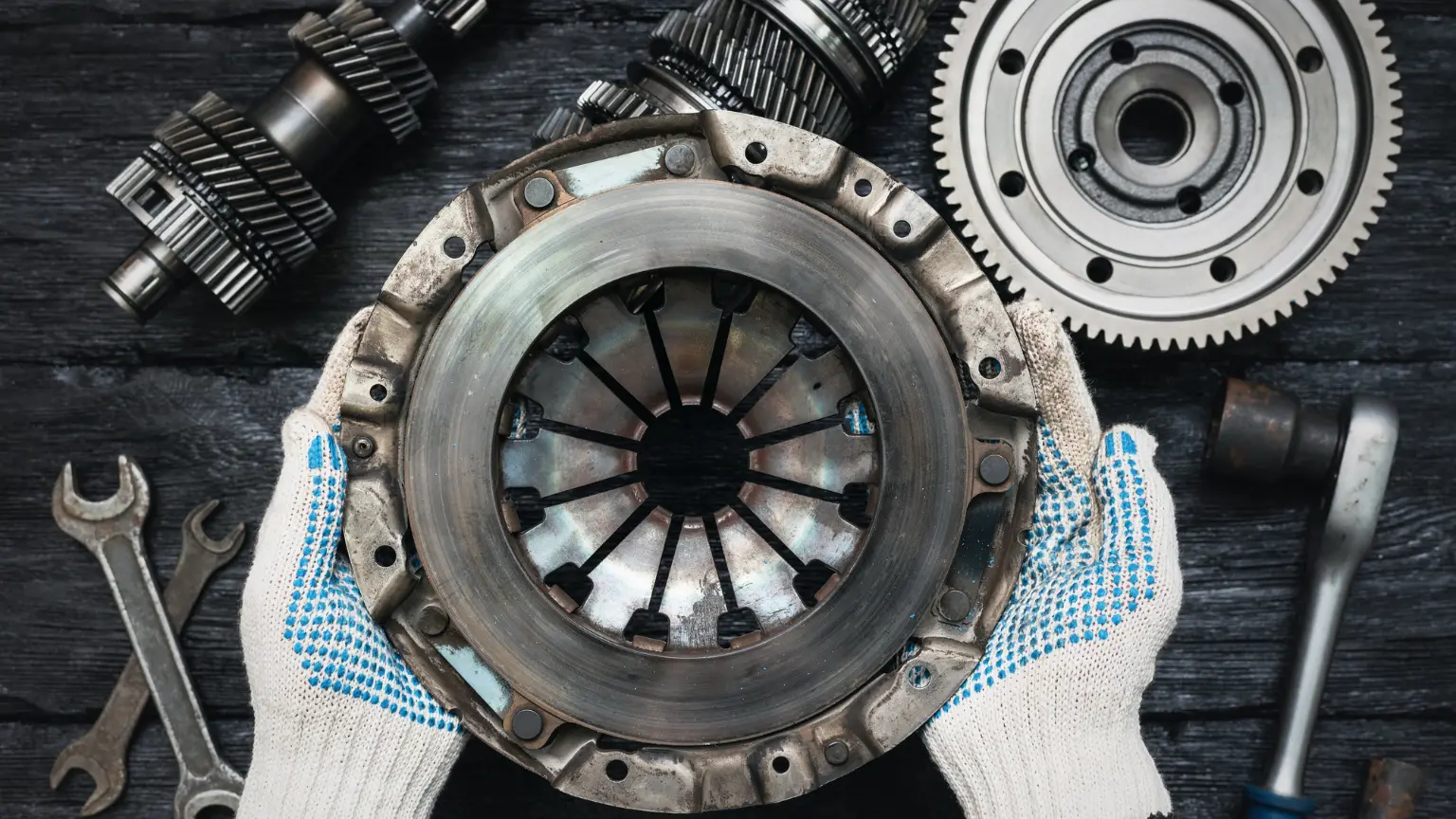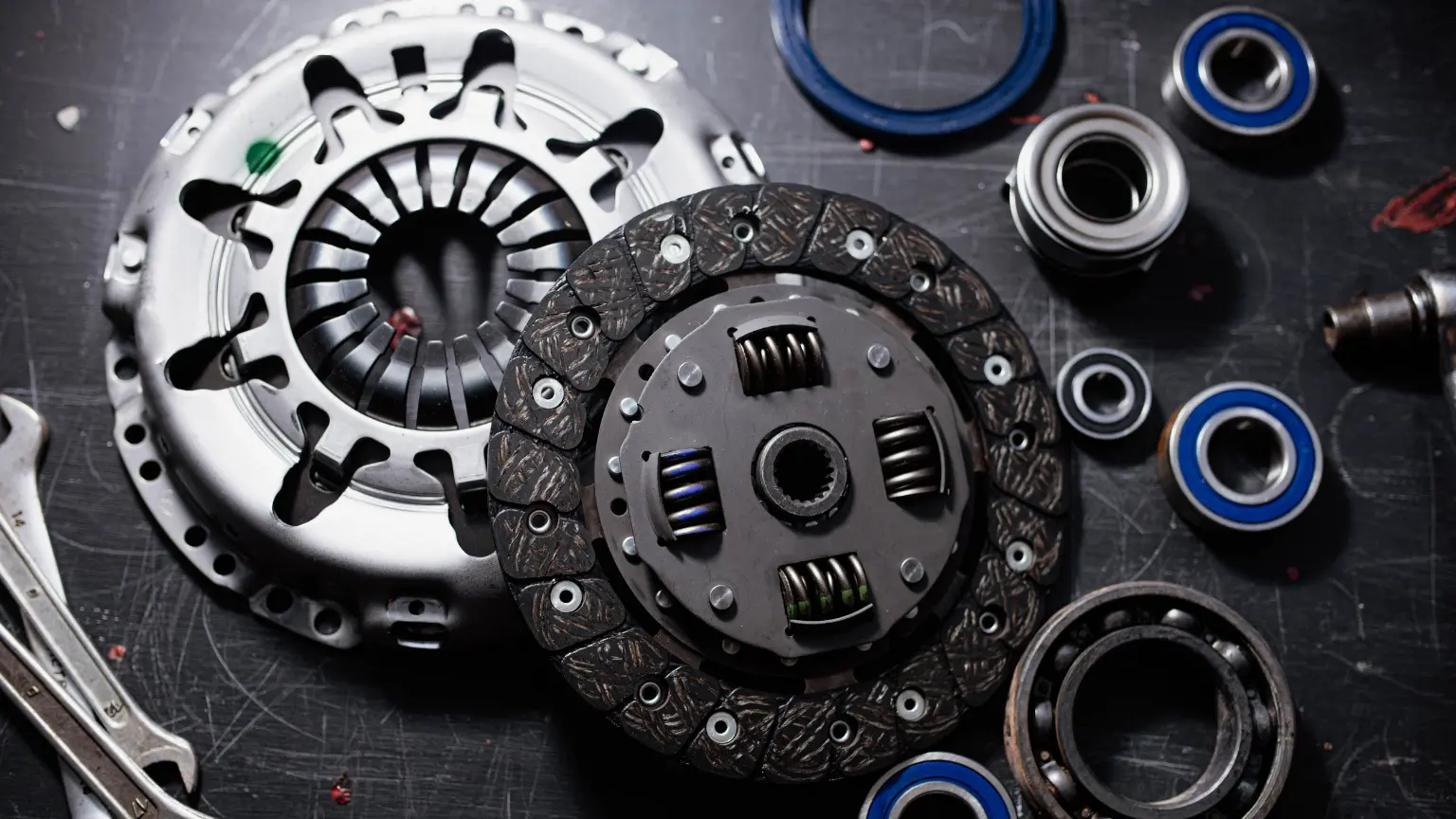Gear Slipping: Recognizing Warning Signs And Preventative Measures
Gear slipping occurs when the transmission fails to engage properly, causing hesitation, loss of acceleration, and grinding noises. Early detection and fluid or clutch checks prevent costly repairs.

Gear slipping in vehicles, particularly concerning the transmission, is a problem that shouldn't be underestimated. If your car begins to exhibit gear slipping symptoms, it's crucial to address these issues promptly. Ignoring these signs can lead to more severe and costly repairs down the line. Gear slipping occurs when the transmission fails to engage gears properly, leading to a noticeable loss of acceleration and performance. This can make driving unpredictable and, in some cases, unsafe. Addressing gear slipping early can prevent extensive damage to the transmission, which is one of the most vital components of your vehicle.
Recognizing Gear Slipping Symptoms and Warning Signs
Common Gear Slipping Symptoms
They manifest primarily while driving, where the transmission unexpectedly shifts gears without driver input or fails to shift properly when expected. This can result in a noticeable loss of acceleration and power, making the vehicle feel sluggish. Also, the engine might rev without an increase in speed—a clear sign of slipping gears while driving. Such symptoms are not just inconveniences; they signal underlying issues that could lead to more severe transmission damage if not addressed promptly.
Transmission Slipping and Grinding Noises
These noises suggest that the transmission components are engaging harshly or ineffectively. Grinding sounds typically occur when metal parts within the transmission are worn out and fail to mesh properly, which can lead to increased friction and eventual breakdown of the system. It's a stark warning that the vehicle needs a check-up from a professional transmission mechanic to prevent further damage.
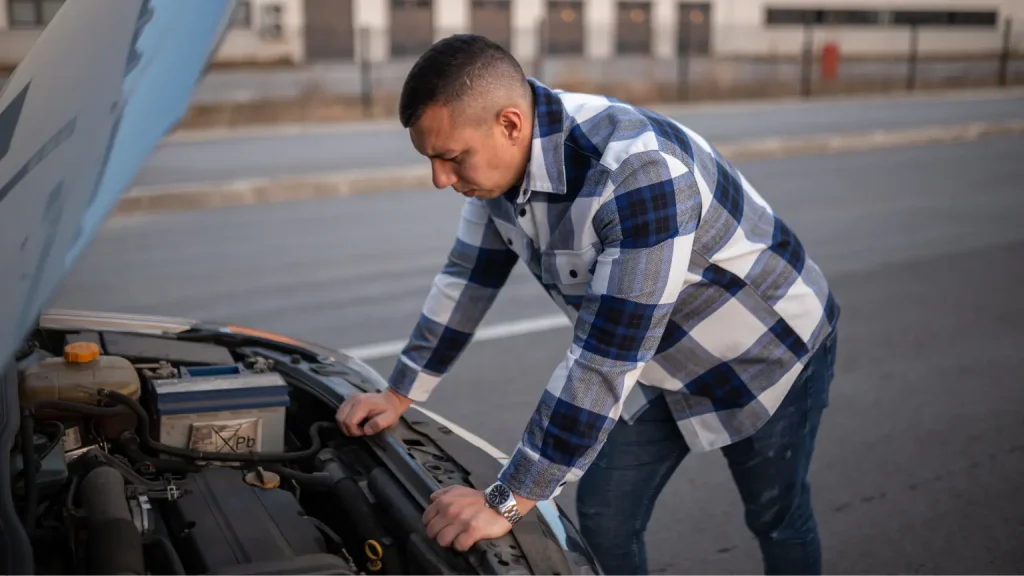
Early Signs of Transmission Problems in High-Mileage Cars
Such cars might experience more frequent instances of gear slipping or delayed transmission response. Issues often stem from years of wear and tear on the transmission system, which may start to manifest as erratic behavior, including slipping or jerking motions during gear shifts. Recognizing these signs early can prevent the gradual progression into more significant transmission failures.
How Cold Weather Affects Performance
Transmission performance can be significantly impacted, leading to slipping gears in cold weather. Low temperatures cause transmission fluid to thicken, delaying its flow within the system. This sluggish fluid movement prevents it from operating efficiently, increasing the likelihood of gear slipping. Drivers in colder climates must ensure their vehicle’s transmission fluid suits their environment to maintain optimal health.
Common Causes of Gear Slipping
Low or Contaminated Transmission Fluid
This vital fluid must maintain its integrity to ensure smooth gear transitions and to lubricate the components. Over time, the fluid can degrade or become contaminated with dirt and metal shavings, leading to inadequate lubrication and cooling. This contamination directly affects the transmission’s ability to perform efficiently.
Worn or Damaged Clutch Components
The clutch plays a pivotal role in the operation of a manual transmission slipping system by connecting and disconnecting the engine to the transmission at the driver's command. Worn or damaged clutch components can cause the clutch to fail to engage or disengage properly, leading to slipping. Symptoms might include a clutch that feels 'spongy' or requires more force to operate. Such wear and tear necessitate visiting a transmission repair shop for a clutch inspection and possible replacement to restore proper function.
Faulty Transmission Bands or Gears
When these bands, which wrap around parts of the automatic transmission, become worn or break, they fail to hold these components securely, resulting in automatic transmission slipping. Similarly, gears worn or damaged cannot engage properly, causing complete transmission failure.
Electronic or Hydraulic Control Failures
When these systems fail, it is essential to follow a systematic approach to diagnose and resolve issues promptly.
- Diagnostic Testing: The first step in addressing electronic or hydraulic control failures is to conduct thorough diagnostic testing. Advanced diagnostic tools that interface with the vehicle's onboard computer allow you to read and interpret error codes generated when malfunctions occur. These codes can offer precise insights into issues affecting electronic sensors or hydraulic circuits. It is crucial to follow manufacturer protocols and procedures to ensure accuracy during diagnostic testing. Modern diagnostic scanners retrieve fault codes and provide live data, which is instrumental in assessing sensor performance and system parameters. This process may involve testing communication between various control modules and verifying the integrity of data signals. In addition to error code retrieval, performing a series of functional tests to simulate operating conditions is advisable, as this can help reveal intermittent problems that do not trigger persistent codes.
- Component Inspection: After gathering diagnostic information, the next essential step is a meticulous inspection of all related components in the transmission system. This involves a detailed examination of solenoids, wiring harnesses, connectors, hydraulic pumps, and any ancillary devices contributing to electronic and hydraulic control. Solenoids, which regulate fluid flow and pressure, are often a primary culprit in control failures and should be scrutinized for signs of wear, corrosion, or physical damage. Inspect wiring for frayed insulation, loose connections, or exposed conductors that might lead to intermittent signal loss. Hydraulic pumps and valves must be checked for leaks, unusual noise, or erratic behavior, which could indicate internal wear or impending failure. Use specialized tools such as multimeters and oscilloscopes to test electrical continuity and signal integrity across these components. Inspecting mounting points and connectors is also beneficial to ensure that mechanical stress or vibrations have not compromised their integrity. This comprehensive component inspection not only confirms the findings of diagnostic testing but also uncovers issues that may not be immediately evident through electronic means alone.
- Fluid Pressure Tests: An integral aspect of troubleshooting hydraulic control failures is performing fluid pressure tests at various points in the transmission system. These tests are designed to verify that the hydraulic pressure is maintained within the specified parameters the manufacturer sets. Technicians can measure real-time pressure readings during operation using calibrated pressure gauges and test ports strategically located along the hydraulic circuits. If the pressure falls outside the optimal range, it can indicate issues such as blockages, pump failures, or leaks within the system. Fluid pressure tests not only help identify the exact location of a malfunction but also assist in assessing the overall health of the hydraulic system. Conducting these tests under different operating conditions is critical, as pressure may vary with load or engine speed. By comparing the measured values against standard benchmarks, you can determine whether components like the hydraulic pump or control valves function as intended.
Adhering to these steps ensures the longevity and efficiency of your transmission system and reinforces a proactive maintenance strategy that safeguards against future failures.
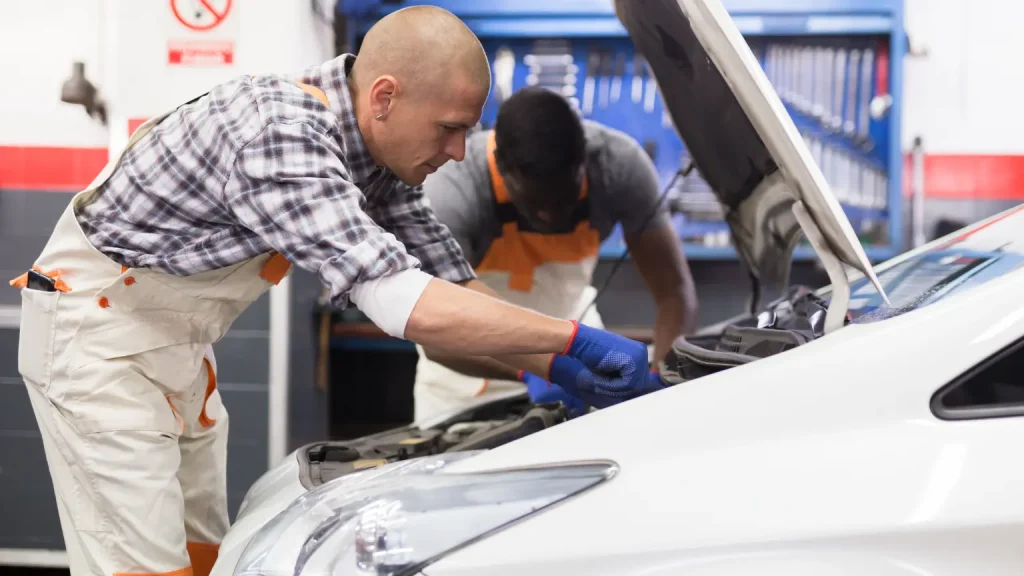
How to Fix Gear Slipping and When to Seek Help
DIY Checks and Adjustments
Before escalating to professional repair, some DIY checks and adjustments can be made to potentially remedy minor transmission slipping signs. Check the transmission fluid level and condition; it should be clear and appropriate. If it's low, top it up, and if it's dirty or smells burnt, change it. Adjusting the linkage or cable connected to the transmission can also help, as improper adjustment can cause slipping. These simple fixes are often enough to solve slight slipping issues and can save a visit to the transmission repair shop.
When to Visit a Transmission Mechanic
There comes a point when how to fix gear slipping surpasses the scope of DIY efforts. If the problem persists after checking and adjusting fluid levels, or if the vehicle exhibits severe symptoms, it’s time to consult a transmission mechanic. These professionals have the tools and expertise to diagnose and repair more complex issues that go beyond the capabilities of typical at-home fixes. Early professional intervention can prevent damage progression, ultimately saving time and money.
Choosing a Reputable Transmission Repair Shop
Selecting the right one is critical in ensuring quality repair work that lasts. Here are some steps to guide you through this process:
- Check for Certifications: Certifications, such as those from the National Institute for Automotive Service Excellence (ASE) or manufacturer-specific endorsements, indicate that the mechanics have undergone rigorous training and possess the latest technical knowledge. These credentials are a mark of professionalism and technical competence, ensuring that the shop adheres to industry standards in diagnosing and repairing automatic and manual transmission issues. Certified technicians are typically well-versed in handling complex systems, using state-of-the-art diagnostic tools and techniques that lead to more accurate assessments of problems like transmission slipping.
- Read Customer Reviews: In today’s digital age, online platforms and social media channels host various testimonials and ratings that can help you estimate the shop's reputation among past clients. Look for reviews detailing experiences related to automatic and manual transmission repairs, especially those addressing issues like slipping or delayed shifting. Positive reviews often highlight timely service, clear communication, and a respectful attitude toward customers, while negative reviews may point to recurring problems, hidden costs, or subpar workmanship. It is beneficial to read a range of opinions to identify common themes, as consistent feedback across multiple sources tends to reflect the true level of service provided. Moreover, paying attention to how the shop responds to criticism can be telling; a reputable facility will address concerns professionally and offer solutions or apologies when necessary.
- Ask for Recommendations: Word-of-mouth referrals are one of the most trusted sources of information when selecting a transmission repair shop. Personal recommendations from friends, family, or colleagues who have experienced similar issues provide honest, firsthand insights into the quality of work and customer service at a given facility. These recommendations can reveal details that may not be evident through online research alone. When you ask for recommendations, inquire about the transmission problem's specific nature, the repair process's duration, and whether any follow-up work was needed. Such detailed feedback can help you understand if the shop is adept at handling both routine maintenance and complex repairs.
- Compare Prices: Price comparison is a key element in the process of selecting a transmission repair shop, as it helps you ensure that you are receiving fair value for the services provided. While it is important not to base your decision solely on cost, obtaining multiple quotes can reveal the market standard for repairing specific issues. When comparing prices, be sure to request detailed estimates that break down the costs of labor, parts, and any diagnostic fees. This transparency is vital in identifying any hidden charges that might inflate the final bill. Low prices may seem attractive at first glance, but they can sometimes signal the use of substandard parts or rushed workmanship, which may lead to further complications. Conversely, a slightly higher cost might be justified by a shop's superior reputation, experienced technicians, and comprehensive warranties that provide peace of mind.
- Inquire About Warranties: Warranties serve as a promise of quality, indicating that the shop stands behind its labor and parts used during the repair process. When inquiring about warranties, ask for details on the duration of the coverage, what specific components and labor are included, and whether the warranty is transferable should you decide to sell the vehicle in the future. In addition to protecting your financial outlay, a warranty is an indicator that the repair shop is confident in its workmanship and has a proven track record of success. It also reassures you that the shop is committed to long-term customer satisfaction rather than just providing a quick fix.
Embracing this comprehensive strategy will help protect your vehicle and provide long-lasting repair solutions you can trust.
Transmission Maintenance Tips for Prevention
Driving Habits That Reduce Transmission Wear
Your driving habits significantly influence the longevity and efficiency of your vehicle’s transmission. Practices such as avoiding aggressive driving, not overloading the vehicle, and allowing the car to warm up before driving can greatly reduce strain on the transmission. Furthermore, using the appropriate gear for driving conditions can prevent transmission slipping prevention measures from becoming necessary.
Using the Right Transmission Fluid for Your Vehicle
Each vehicle manufacturer specifies a particular type of fluid that is optimized for their transmission design, considering factors like viscosity and additives that help protect and lubricate it. Using the wrong fluid type can lead to automatic transmission slipping and other significant issues. Always consult your vehicle’s owner's manual or a professional mechanic to ensure the right fluid is used during changes.
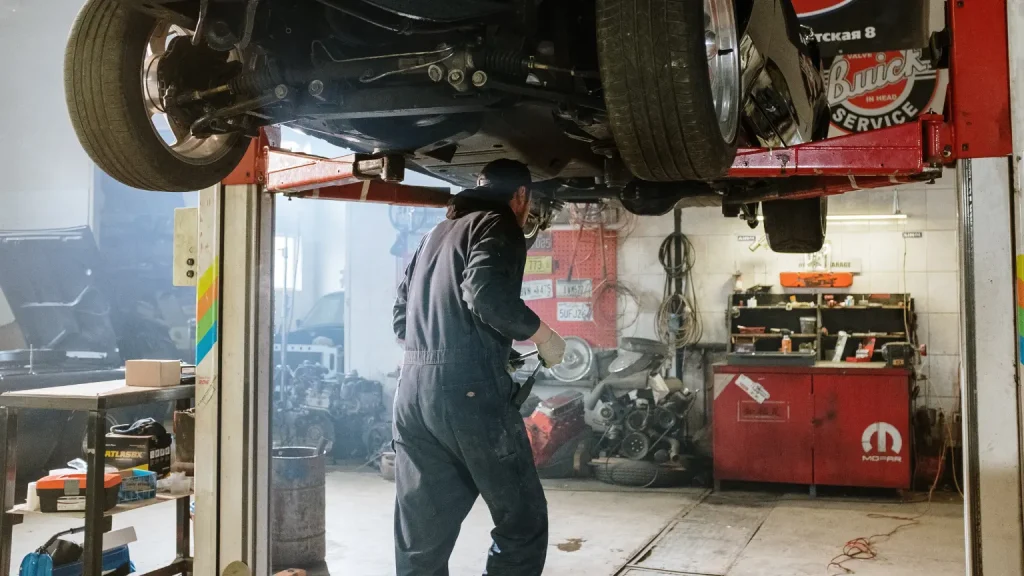
Proactively managing your vehicle's transmission health is key to avoiding costly repairs and extending the lifespan of your car. By recognizing the warning signs of transmission failure and responding swiftly, you can prevent minor issues from escalating. Regular maintenance, such as fluid checks and changes, and adhering to a routine inspection schedule are critical steps in this process. Taking early action not only saves money but also ensures that your vehicle remains reliable and efficient on the road.
Follow a maintenance program
Ante gravida id aenean quis egestas risus nam amet nullam leo diam diam aliquam eu eu malesuada arcu rhoncus suspendisse nulla mattis ut amet sagittis in justo egestas.

search for a trusted mechanic
Lorem ipsum dolor sit amet, consectetur adipiscing elit lobortis arcu enim urna adipiscing praesent velit viverra sit semper lorem eu cursus vel hendrerit elementum morbi curabitur etiam nibh justo, lorem aliquet donec sed sit mi dignissim at ante massa mattis.
- Neque sodales ut etiam sit amet nisl purus non tellus orci ac auctor
- Adipiscing elit ut aliquam purus sit amet viverra suspendisse potent
- Mauris commodo quis imperdiet massa tincidunt nunc pulvinar
- Excepteur sint occaecat cupidatat non proident sunt in culpa qui officia
Check the air pressure in your tires
Vitae congue eu consequat ac felis placerat vestibulum lectus mauris ultrices cursus sit amet dictum sit amet justo donec enim diam porttitor lacus luctus accumsan tortor posuere praesent tristique magna sit amet purus gravida quis blandit turpis.
Review your suspension frequently
At risus viverra adipiscing at in tellus integer feugiat nisl pretium fusce id velit ut tortor sagittis orci a scelerisque purus semper eget at lectus urna duis convallis. porta nibh venenatis cras sed felis eget neque laoreet suspendisse interdum consectetur libero id faucibus nisl donec pretium vulputate sapien nec sagittis aliquam nunc lobortis mattis aliquam faucibus purus in.
- Neque sodales ut etiam sit amet nisl purus non tellus orci ac auctor
- Adipiscing elit ut aliquam purus sit amet viverra suspendisse potent
- Mauris commodo quis imperdiet massa tincidunt nunc pulvinar
- Excepteur sint occaecat cupidatat non proident sunt in culpa qui officia
Service your vehicle as regularly as posible
At risus viverra adipiscing at in tellus integer feugiat nisl pretium fusce id velit ut tortor sagittis orci a scelerisque purus semper eget at lectus urna duis convallis. porta nibh venenatis cras sed felis eget neque laoreet suspendisse interdum consectetur libero id faucibus nisl donec pretium vulputate sapien nec sagittis aliquam nunc lobortis mattis aliquam faucibus purus in.
“Nisi quis eleifend quam adipiscing vitae aliquet bibendum enim facilisis gravida neque velit euismod in pellentesque”
Conclusion
Eget lorem dolor sed viverra ipsum nunc aliquet bibendum felis donec et odio pellentesque diam volutpat commodo sed egestas aliquam sem fringilla ut morbi tincidunt augue interdum velit euismod eu tincidunt tortor aliquam nulla facilisi aenean sed adipiscing diam donec adipiscing ut lectus arcu bibendum at varius vel pharetra nibh venenatis cras sed felis eget.

